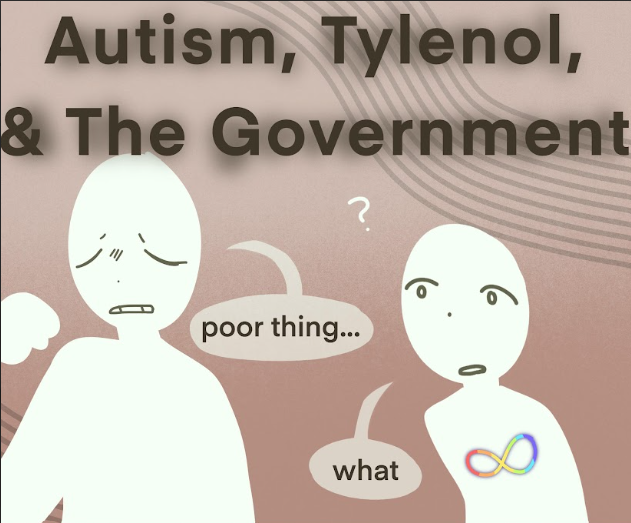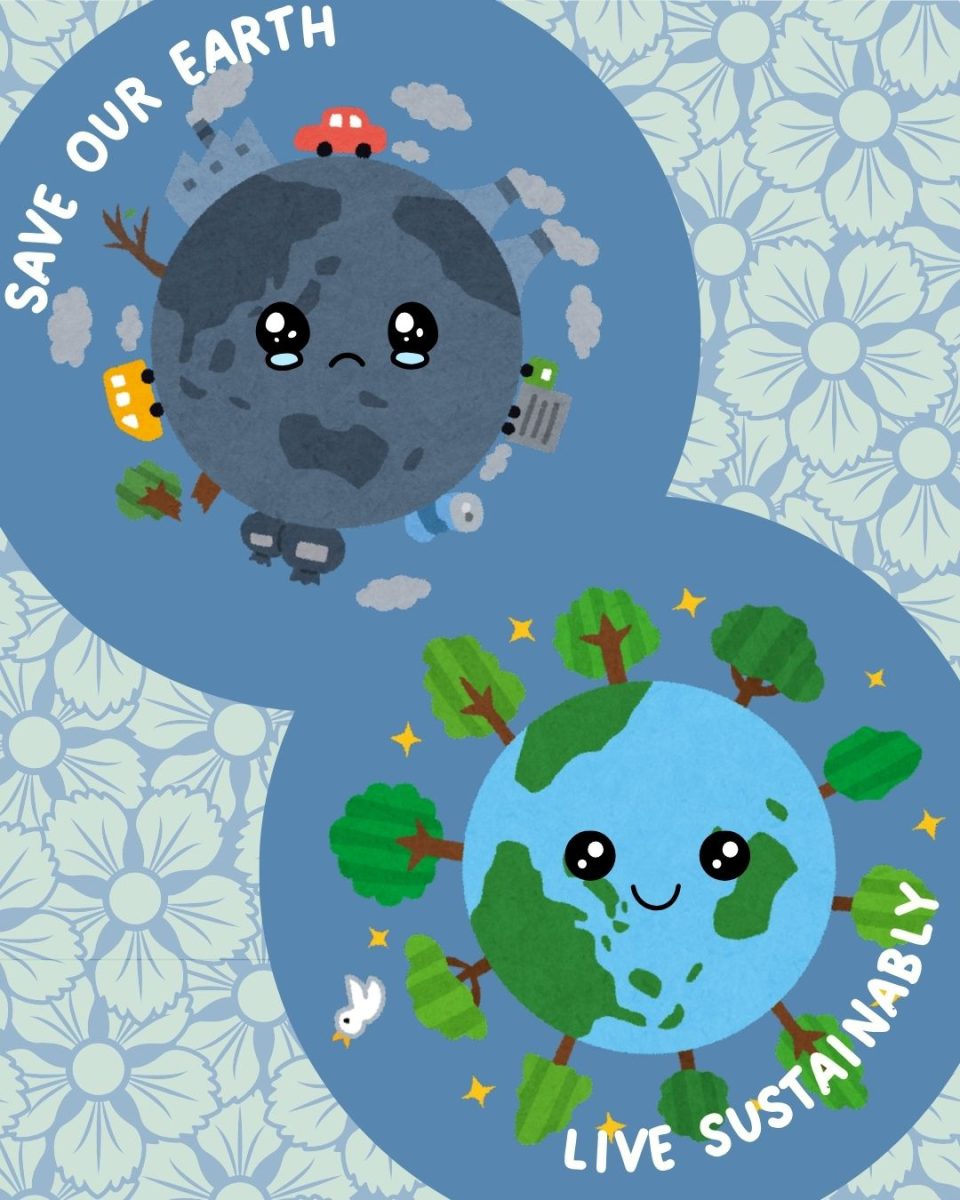Fast fashion may provide affordable, trendy apparel, but the true costs go much beyond the point of sale. Customers should be aware of the serious environmental effects and worker exploitation caused by this industry.
Environmental Impact
Ten percent of the world’s carbon emissions come from the fashion business, which is more than the combined emissions from all international travel and shipping. About 700 gallons of water are needed to produce one cotton shirt, whereas 2,000 gallons are needed to produce one pair of trousers. Additionally, the dyeing and finishing procedures used in the textile industry account for 20% of the world’s wastewater.
Labor Exploitation
Many garment workers face inadequate pay and unfavorable working conditions behind the scenes. Workers are sometimes paid as little as $1.58 per hour, which is significantly less than the minimum wage required by law. Inadequate labor rights protections and cases of forced labor within the business are also highlighted in reports.
Waste and Overconsumption
Significant waste results from the fast fashion model’s encouragement of overproduction and overconsumption. Every year, some 92 million tonnes of textile waste are produced, most of which is disposed of in landfills. This cycle adds to environmental deterioration in addition to placing a burden on waste management systems..
Moving Forward
It takes a team effort to solve the problems caused by quick fashion. By purchasing clothing made ethically and sustainably, endorsing companies that put labor and environmental standards first, and adopting recycling and upcycling techniques, consumers can change the world. We can help create a more sustainable and just industry by being conscious of the apparel we wear.























